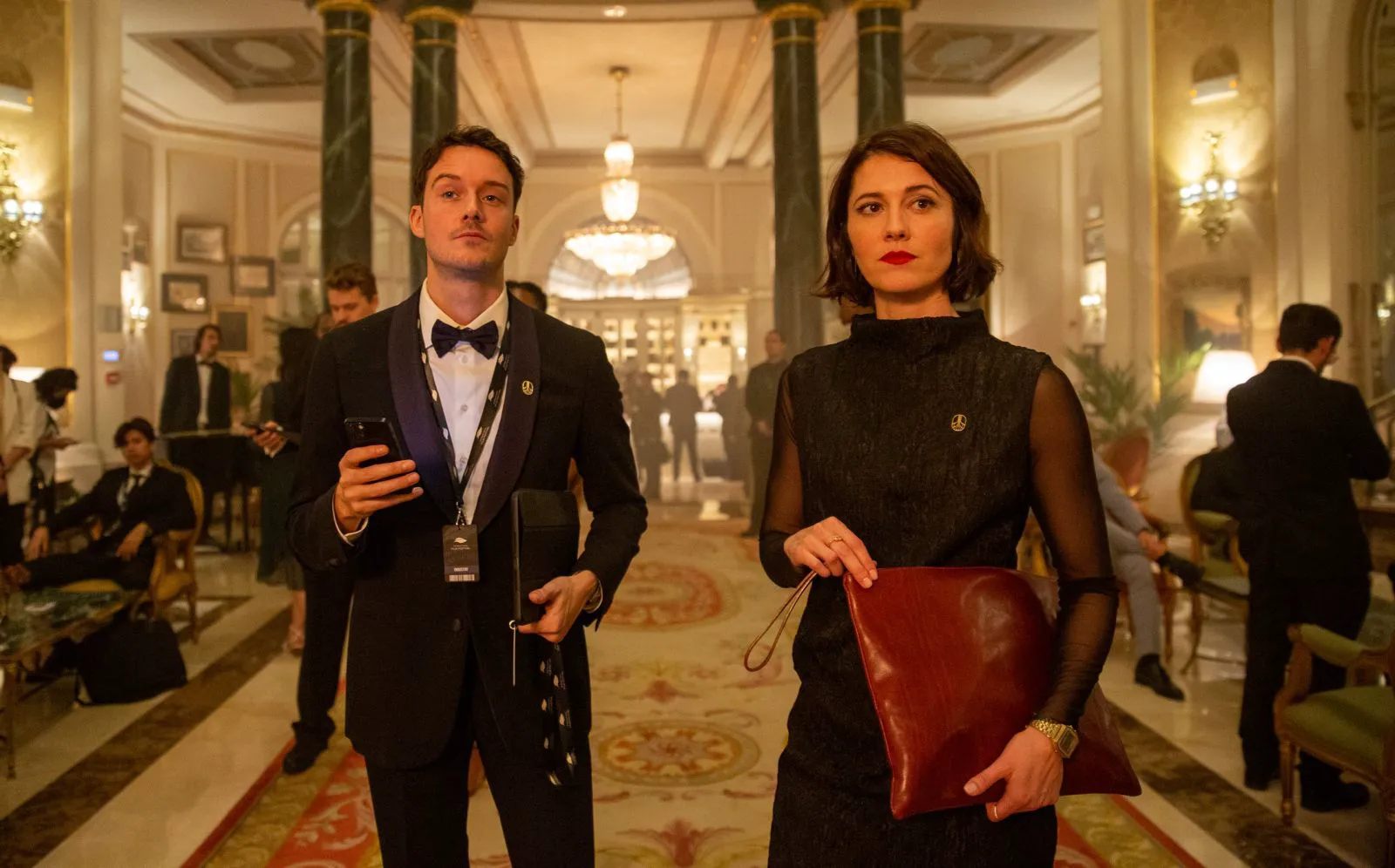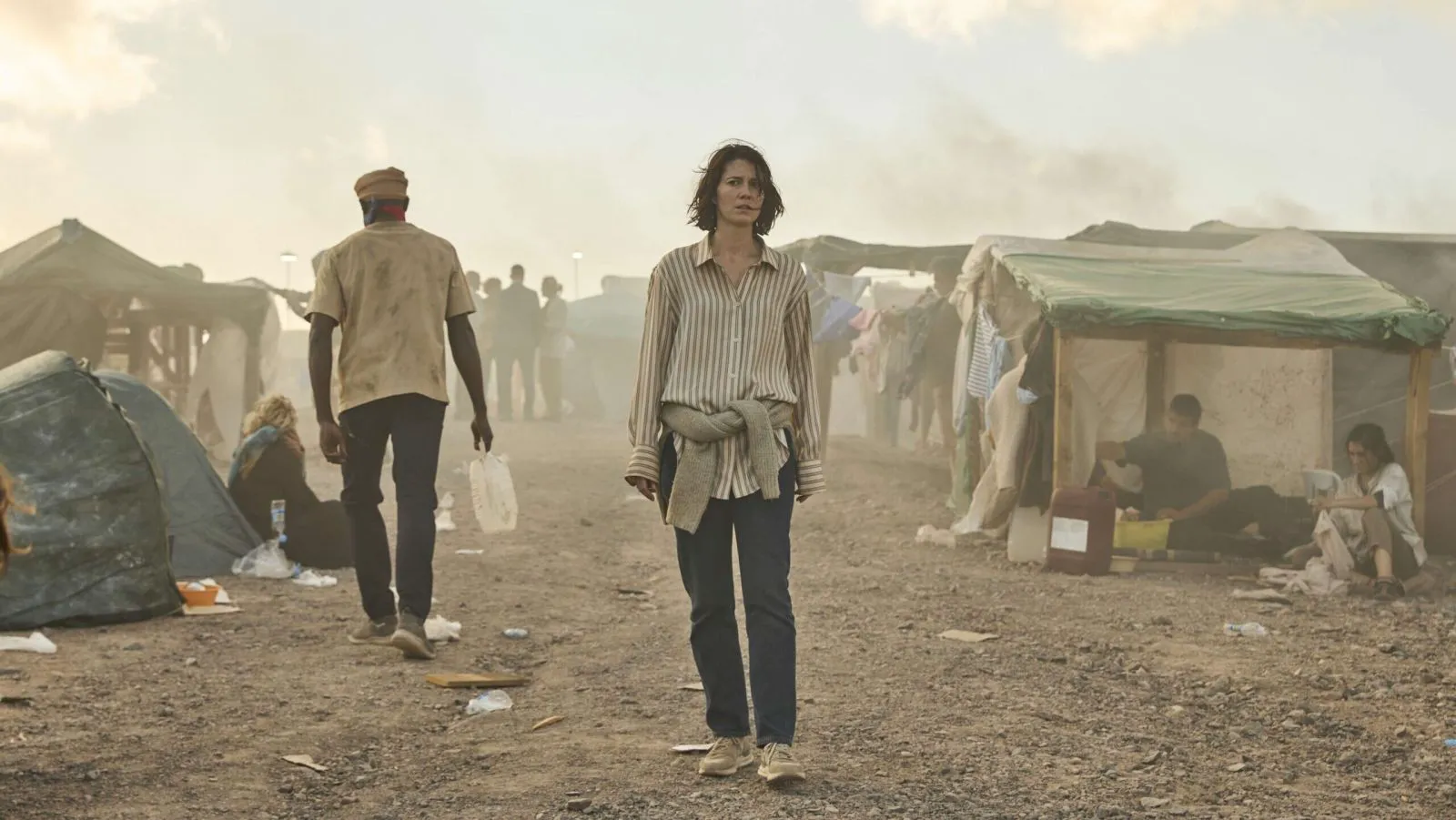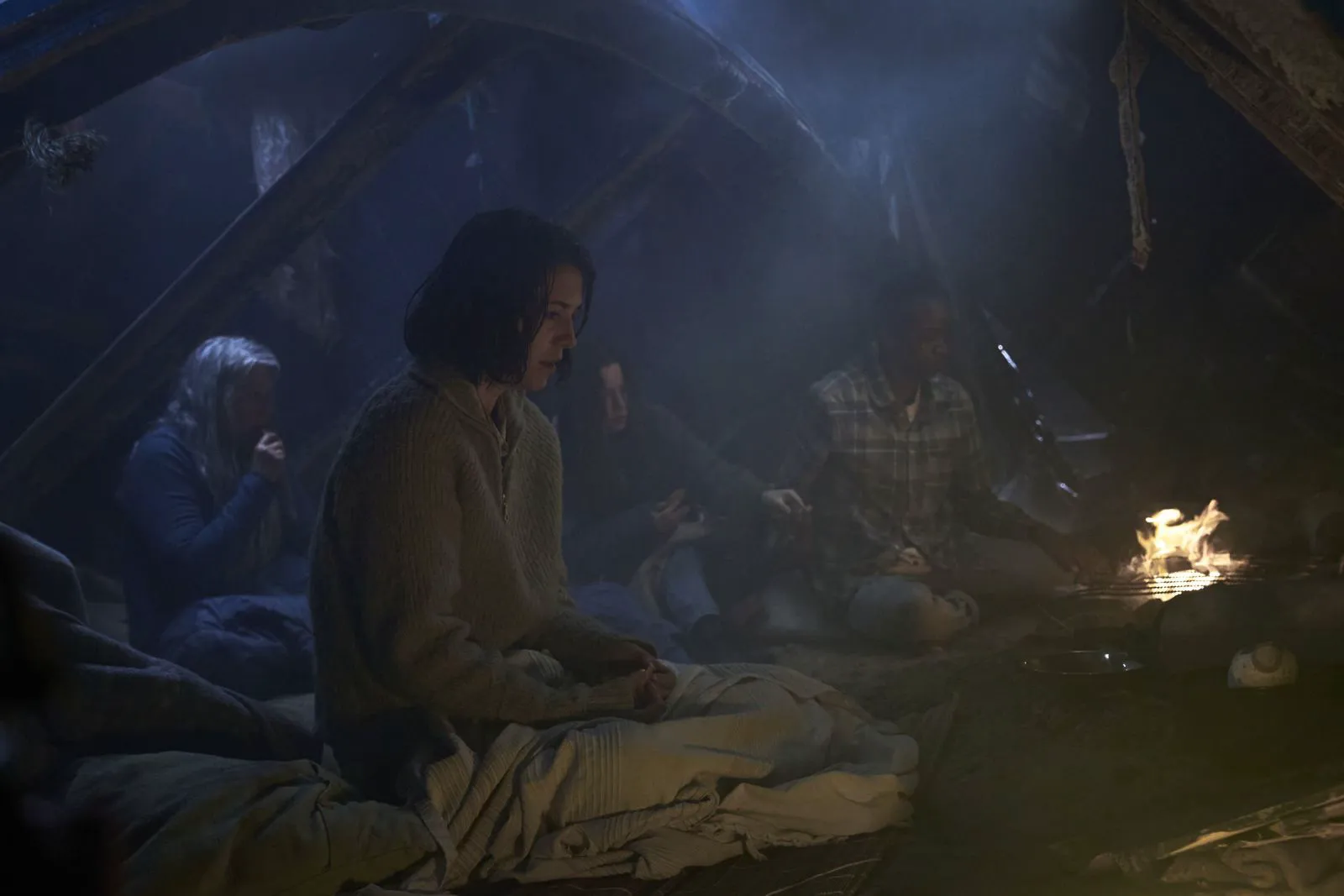The Rich Flu: A Thriller of Wealth and Survival
Laura (Mary Elizabeth Winstead), a successful film producer in London, is on the cusp of even greater wealth as lucrative opportunities in the arts come her way. However, a deadly virus suddenly sweeps the globe, targeting and killing the world’s wealthiest individuals. As chaos erupts and the less affluent take to the streets, fueled by resentment and a desire to dismantle the elite, Laura joins forces with her ex-husband, Tony (Rafe Spall), and their daughter, Anna (Dixie Egerickx), in a desperate search for refuge. Their quest for safety leads them away from the urban centers of London and Barcelona, towards a more secluded sanctuary.

Mary Elizabeth Winstead as Laura in “The Rich Flu”
A Commentary on Social Divide
The decline of Europe and the widening gap between social classes have long been fertile ground for creative exploration. While income inequality and the burdens of globalization often simmer beneath the surface, cinema boldly amplifies the sentiment of “eat the rich!” and eagerly indulges in fantasies of capitalism’s downfall – ironically, often at capitalism’s expense. The Spanish thriller “The Rich Flu” (original title: “Rich Flu”) tackles the contentious power dynamics and the disproportionate distribution of the world’s resources. For director Galder Gaztelu-Urrutia, this isn’t his first foray into socially charged territory. He previously gained recognition for “The Platform,” a claustrophobic thriller exploring class inequality within a prison tower. While he even released a sequel, it proved less successful. “The Rich Flu,” released between the two “Platform” films, went somewhat unnoticed, despite featuring Mary Elizabeth Winstead.

Mary Elizabeth Winstead as Laura in “The Rich Flu”
A Survival Story with a Message
Conceptually, “The Rich Flu” is a survival film centered around a group of Europeans navigating a world plunged into chaos. The days of flaunting wealth are over, as being identified as rich becomes a death sentence. Billionaires flee Europe, and the film wryly depicts a reversal of migration patterns, with the wealthy seeking refuge in poorer regions – the very places from which the marginalized once sought a better life in the Old World. However, as is often the case with such thrillers, the execution doesn’t quite live up to the intriguing premise. “The Rich Flu” feels like a B-movie version of “Cosmopolis,” complete with frustrated elites (particularly Elizabeth Winstead’s career-driven protagonist) and societal unrest. Unfortunately, the script favors broad strokes over nuanced storytelling. The portrayal is rather heavy-handed, with caricatured wealthy individuals terrified of revealing their status – the virus conveniently causes their teeth to gleam in a way that’s difficult to conceal. Yet, the film lacks the biting satire of something like Ben Wheatley’s “High-Rise.”

Mary Elizabeth Winstead as Laura in “The Rich Flu”
Slow Burn and Missed Potential
The billionaires’ initial fear gives way to urban clashes, escalating chaos, and a desperate search for safe havens – from tropical landscapes to arid deserts. The film takes nearly an hour to reach its apocalyptic state, with a slow build-up that never quite gains momentum. Initially, it’s unclear whether the film will focus on the protagonist’s family drama, social satire, or a full-blown science fiction thriller. Ultimately, it attempts to be all of these things at once, leaving it stranded at a crossroads. Beyond its intriguing concept, “The Rich Flu” struggles to offer much else.
Mary Elizabeth Winstead, whose character is named Laura Palmer (a detail that feels more coincidental than clever), delivers a commendable performance, convincingly portraying both a driven career woman and a traumatized refugee. Timothy Spall makes a brief appearance as an odious billionaire, but even his efforts are overshadowed by the virus itself. The film offers little explanation about the virus’s origin, further highlighting Gaztelu-Urrutia’s tendency to use his films as schematic frameworks with overarching themes (from capitalism to a primitive state, man is wolf to man, etc.) but lacking in artistic depth. “The Rich Flu” serves as another diagnosis of societal divisions but struggles to leave a lasting impression as a cinematic work. It doesn’t necessarily require breaking chairs and destroying metropolises to remind us of the fragility of civilization.